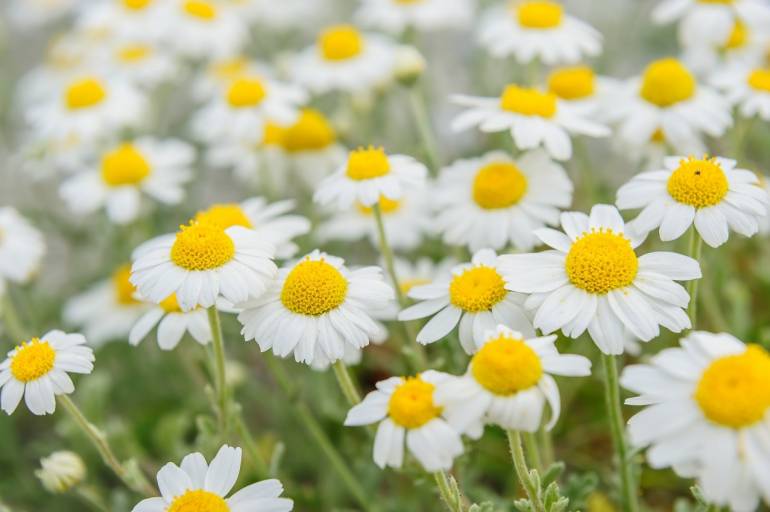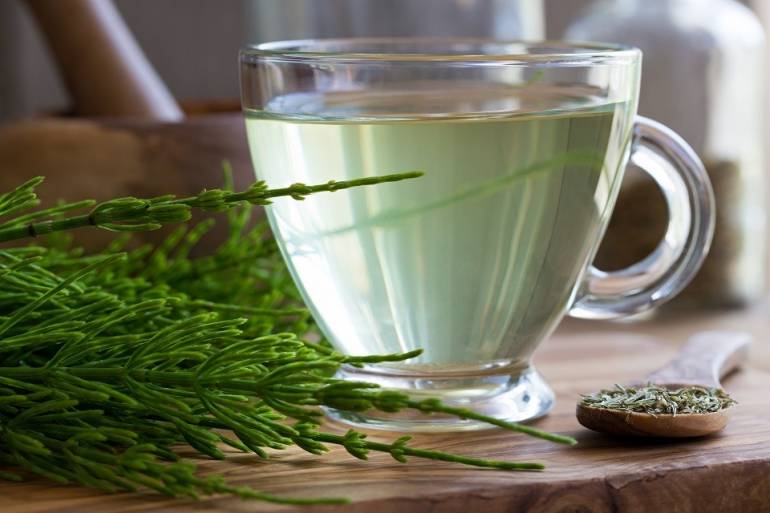Chronic and recurrent cystitis is a problem for many people. It is mainly faced by women, and it makes itself known especially in the summer. How to protect yourself from recurrent cystitis symptoms? What is the treatment? How to take care of urinary health in the summer?
Cystitis – causes
Many factors contribute to the development of infection. The immediate cause is most often an infection with the anaerobic bacterium Escherichia coli that occurs naturally in the digestive tract of any healthy person. However, once it enters the urethra and continues through the urinary tract to the bladder, it exhibits pathogenic effects. It causes a number of characteristic symptoms: burning, pain and itching during urination, frequent sensation of pushing on the bladder, general weakness, in some cases there may even be a fever. Far less often, cystitis and urinary tract inflammation are caused by viruses or certain fungi.
Due to differences in anatomy, women are more predisposed to developing infections. A shorter urethra adjacent to the anus promotes the passage of bacteria into the vagina and into the urinary tract. Many women complain of chronic UTIs with recurrent infections. They are favored by frequent sexual intercourse, use of vaginal contraception (e.g. spermicides), improper hygiene of intimate areas, weakened bacterial flora of the vagina and urinary tract, diabetes, obesity. Particularly in the summer, a cold due to, for example, sitting on a cold surface or wearing a wet bathing suit for a long time can also be a cause.
What is the treatment of cystitis?
Treatment of urinary tract infections is worth starting at the first symptoms. This can prevent further development of the disease and cure it at a very early stage. At the beginning of the treatment, natural and home remedies for cystitis work well:
- Drink plenty of water, preferably warm and with lemon juice. Lots of fluids dilute urine and flush bacteria out of the urinary tract. In addition, the acidic reaction of fluids weakens the adhesion of microorganisms to the walls of the bladder and urinary tract.
- Drink herbal teas with a diuretic effect, including those containing extracts of nettle, birch, dandelion or pansy.
- Rest, recuperate. Give yourself a few days to warm up your body in bed under a blanket or with a thermos, this promotes faster recovery.
- Use over-the-counter medications and supplements. Choose especially those based on cranberry extracts with high vitamin C content and herbal cystitis medications (such as Urosept). You can get over-the-counter bladder pills at virtually any pharmacy.
- Do warm herbal soaks in infusions of chamomile or sage – these herbs have properties that relieve annoying symptoms.
- Restrict sexual activity for the duration of treatment and for at least a week after symptoms resolve.
If home methods do not sufficiently inhibit symptoms or the infection develops quickly, then it is worth seeking medical attention. The use of medications with furagine is also a lifesaver, but most often the treatment of urinary tract inflammation is based on antibiotic therapy. After the treatment is over and the symptoms have subsided, it is worth taking probiotics with beneficial bacteria for a while to regenerate the natural bacterial flora.
How to prevent the development of bladder infections in the summer?
Most of the recommendations for treating the first symptoms of a urinary tract infection are also effective ways to prevent them. In order to protect yourself from recurrent bladder infections, it is also worth taking care of:
- Careful hygiene of the intimate area, washing after each use of the toilet, changing towels frequently or using disposable ones. It is worth using intimate hygiene gels with live cultures of probiotic bacteria.
- Wearing airy cotton underwear.
- Avoid sitting on a cold surface.
- Regular use of preparations with vitamin C, cranberry extract or herbal mixtures that stimulate the proper functioning of the urinary tract.
- The use of vaginal probiotics. The bacteria in them have the natural ability to fight pathogenic microorganisms.







